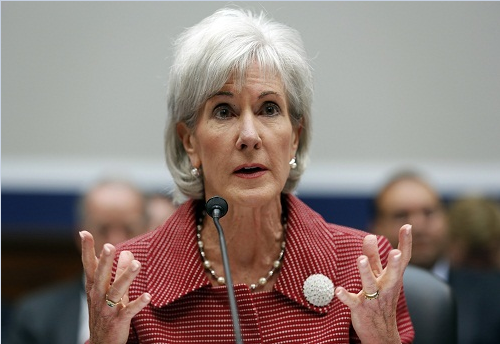
The
Affordable Care Act’s (ACA) 2014 open enrollment period for the individual
health insurance market has only just ended, and actuaries for health insurers
already are developing premium rates for the 2015 plan year. Much of the
uncertainty regarding the health spending by plan enrollees that existed when
insurers submitted their 2014 rates remains for 2015. Although insurers have information on
enrollee demographics, only limited information will be available on enrollee
health status and health spending when premium submissions are due this spring.
Key drivers
of 2015 premium changes
include how the composition of the risk pools in 2014 compares to what was
expected, the reduction of funds available through the temporary reinsurance
program, and the underlying growth in health costs. How enrollment differs from
projected will vary by insurer and by state, with larger premium increases
possible in states that adopted the transition policy allowing
non-ACA-compliant plans to be renewed.
The composition of the risk pool
and how it compares to what was projected
When
calculating 2014 premiums, insurers had to make assumptions regarding which
individuals would purchase coverage and what their medical spending would be.
There was much uncertainty regarding these assumptions because insurers had
only limited experience data on individuals who would be newly insured.
Insurers
face a similar uncertainty for 2015. Although they have information regarding
the age and gender of their 2014 enrollees, they have only limited information
on enrollee health status, due to the reporting lag between when health care services
are provided and when claims are processed. Practitioners are observing that
while some insurers are seeing 2014 enrollee demographics fairly similar to
what they projected, others are seeing an older-than-expected enrollee
population. Any available medical claims data will need to be adjusted to
reflect any expectations that individuals enrolling later during the open
enrollment period are healthier.
The
composition of the risk pool and the impact on premiums will vary by state.
Many states opted for the transitional policy that allowed non-ACA-compliant
plans to be renewed. In these states, the risk profile of 2014 ACA-compliant
plans might be worse than insurers projected if lower-cost individuals retained
their prior coverage and higher-cost people moved to new coverage. The
transitional policy was instituted after 2014 premiums were finalized, meaning
insurers weren’t able to incorporate this policy into their premiums. For most
states, the transitional policy for 2015 is known in advance and can be
incorporated into assumptions regarding the composition of the 2015 risk pool.
The impact on premiums could be greatest in states that had large,
heavily-underwritten individual markets in place prior to 2014.
Differences
by state in enrollment outreach efforts or technical problems with the
marketplaces could also have affected the composition of the 2014 risk pool.
Insurers will incorporate that experience into their 2015 premium assumptions
to the extent they expect such trends to continue.
Importantly,
if actual experience regarding the risk profile of 2014 enrollees differs from
assumptions and losses occur in 2014, insurers cannot recoup past losses
through higher future premiums. Instead, assumptions for 2015 will be reset
incorporating available 2014 experience.
Reduction of reinsurance program
funds
The ACA
transitional reinsurance program compensates plans in the individual market
when they have enrollees with especially high claims. Reinsurance payments reduce
net claims, allowing insurers to offer premiums lower than they otherwise would
be.
For the 2014
plan year, $10 billion will be used to reimburse plans for a portion of the
spending for high-cost individuals. These payments generally have reduced projected
2014 net claims by about 10 to 14 percent. For the 2015 plan year, the amount
collected for the reinsurance program will decline to $6 billion, and will
likely reduce net claims by about 6 to 8 percent. This lower reduction in
claims translates to about a 4 to 7 percent increase in projected claims for
2015 relative to 2014, due solely to the reduction in the reinsurance program
and not factoring in any other factors such as medical trend. This increase
could be offset to the extent that insurers expect a healthier risk pool
profile in 2015, arising for instance from lower-cost individuals delaying
enrollment until 2015 rather than enrolling in 2014.
Underlying growth in health care
costs
The increase
in costs of medical services, referred to as medical trend, reflects not only
the increase in per-unit costs of services, but also increases in health care
utilization and intensity. In recent years, health spending growth has been low
relative to historical levels. Premiums for 2015 will reflect assumptions
regarding the extent to which the recent slowdown will persist.
Other drivers of 2015 premium
changes
Other
factors potentially contributing to rate changes include any modifications to provider
networks; provider reimbursement structures; benefit packages; risk margins;
administrative costs; or geographic region definitions. The increase in the
health insurance fee imposed by the ACA could put upward pressure on premiums
if it is not offset by a commensurate increase in enrollment. Insurers will
also incorporate market considerations when determining 2015 premiums.
 RSS Feed
RSS Feed Twitter
Twitter
0 comments:
Post a Comment